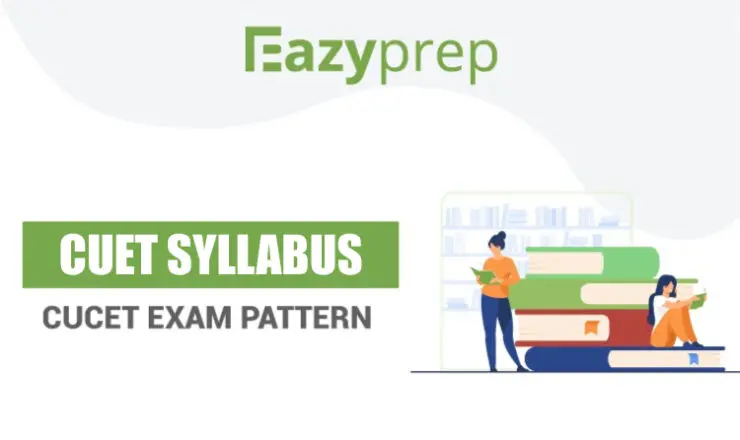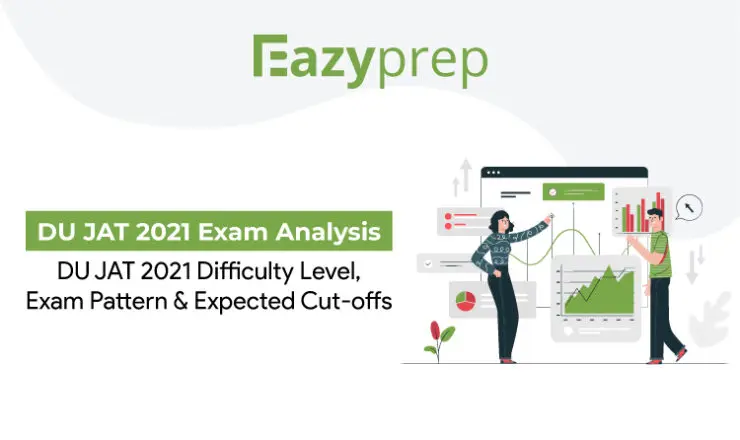![]()
Symbiosis SLAT is the entrance exam for the law programs offered by the Symbiosis Law School of the Symbiosis International University. Any student who has completed a 10+2 course with 50% marks and English as a subject is considered eligible to appear for the exam. The students are given admission for courses like Symbiosis LLB, based on the rank and marks they score in this entrance exam. This article will give you an idea about the difficulty level of the exam.

Symbiosis SLAT Exam Pattern
The question paper pattern of the SLAT has changed recently. An overview of the pattern is given in the table below:
| Duration of Exam | 75 minutes |
| Mode of Exam | Online Computer Based |
| Type of Questions | Multiple Choice + Written Ability Test |
| Number of Questions | 75 |
| Maximum Marks | 75 |
| Marking Scheme | 1 mark for every right answer,No negative marking |
Given below is an overview of the sections in the Symbiosis SLAT Exam pattern, and the difficulty level:
| Sections | Difficulty Level |
| Reading Comprehension | Low |
| General Knowledge | Moderate |
| Legal Reasoning | Moderate |
| Logical Reasoning | Moderate |
| Analytical Reasoning | High |

Difficulty Level of SLAT
The Symbiosis SLAT exam is very easy if you have prepared well. The first step is to analyze the syllabus and choose appropriate study materials. The 10th and 11th standard textbooks are a good place to start, to be thorough with the basics. You can then go on to refer to other books, but make sure that they are of the updated syllabus. Given below are the different sections of the SLAT exam pattern and their features, for you to can get an idea about the difficulty level of each one of them:
Reading Comprehension
- This is the section in SLAT where you can score the most marks.
- The Grammar concepts you learned in school are asked.
- Greater attention should be given to cloze tests since they constitute a larger part of the section.
General Knowledge
- Questions about domestic and international current affairs are asked.
- General knowledge questions are based on subjects like history and science.
- This section, according to candidates, is moderately difficult.
Legal Reasoning
- No syllabus is prescribed for this section as it tests your basic knowledge in legal affairs.
- It also evaluates your knowledge of recent and important legal events.
- The questions in this section need to be objectively answered after careful analysis.
Logical Reasoning
- Constant practice is required for this section.
- The questions are mostly easy, but a few among them are tricky.
- A large percentage of the total questions are asked from topics like number series, verbal reasoning, statements, assumptions, etc.
- Time management is important for this section since you can spend a lot of time trying to figure out the answer to a single question when compared to other sections of the Symbiosis SLAT.
Analytical Reasoning
- The two important concerns when it comes to this section are the number of questions you get right and the time you take to answer them. Ideally, you should take the minimum amount of time to answer the maximum number of questions.
- Basic concepts of math you learned in school are asked.
- You would also have to constantly practice solving questions to improve your speed.
- This section has seen questions being asked from Mathematics textbooks of the level of classes 9th and 10th.
- This section is moderately difficult, though candidates having an interest in mathematics find it comparatively easier than the others.

Time management is key during the exam so it is important to not linger on a question that you do not know how to solve, trying to figure it out. Attempt all other questions and then come back to the ones you don’t know with the extra time, especially those in the sections Logical Reasoning and Analytical Reasoning. Hope this article gives you an idea about the Symbiosis SLAT exam. Click here to learn more about the detailed preparation strategy for the exam.
Frequently Asked Questions (FAQs):
More Articles about SLAT:


